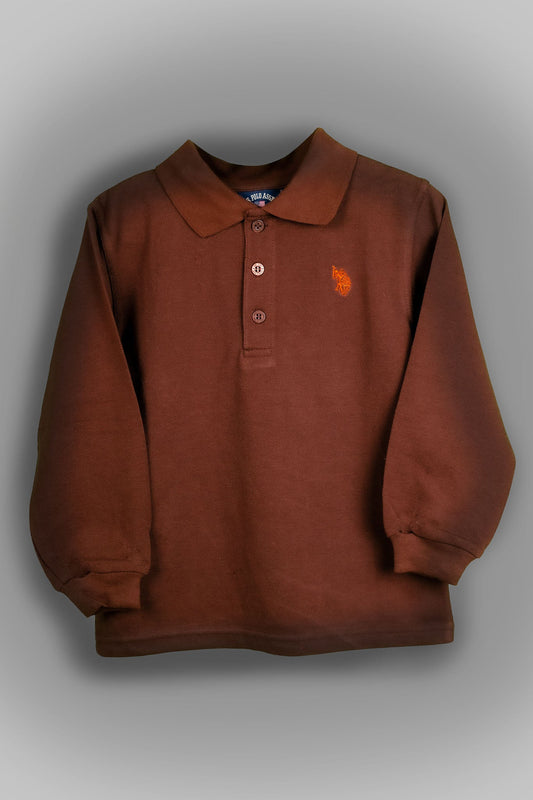How to Store Baby Clothes for Future Siblings: A Comprehensive Guide
Preserving baby clothes for future siblings can be a great way to save money, maintain family traditions, and ensure that high-quality, sentimental outfits stay in use. Whether you're saving newborn essentials, toddler fashion pieces, or special occasion outfits, proper storage is key to keeping the garments in pristine condition. This guide provides practical tips on how to store baby clothes effectively, so they’re ready to be reused by younger siblings.
Why Proper Storage of Baby Clothes is Important
When it comes to storing baby clothes for future use, ensuring the garments are well-kept is crucial. Properly stored clothing will retain its shape, color, and durability, allowing your younger children to wear hand-me-downs that still look as good as new. Whether you're storing premium brands or casual everyday outfits, learning how to protect fabrics from damage like mold, discoloration, and wear over time is essential.
Sorting and Cleaning Clothes Before Storage
Before storing baby clothes, it’s important to sort and clean them thoroughly. Start by categorizing outfits based on their use: separate newborn outfits, toddler fashion, special occasion pieces, and everyday essentials. This makes it easier to retrieve what you need in the future, especially if you’re saving for multiple siblings.
Washing and Drying Baby Clothes
Properly cleaning baby clothes is the first step to ensuring they last. Use a gentle detergent designed for baby clothing to avoid any residue buildup, and make sure to treat any stains before washing. Once washed, let the clothes air dry completely, as any remaining moisture can cause mold and mildew during storage. Avoid using fabric softeners, as these can leave a coating that might weaken fibers over time.
Repair and Refresh Toddler Outfits
Inspect the clothes for any minor damages, such as loose buttons or small tears. Repairing these before storage will save you time when you retrieve the clothes later. This step ensures that the baby clothes, including any precious special occasion outfits or imported branded garments, are in tip-top shape when needed again.
Best Materials for Storing Baby Clothes
The material you choose for storing your baby clothes can significantly impact their longevity. Opt for storage containers that keep out moisture, dust, and pests. Here are some options to consider:
- Plastic Bins: These are airtight and keep clothes safe from external elements. Make sure to choose bins that have tight-fitting lids.
- Vacuum-Sealed Bags: These reduce the size of bulky items and protect clothes from air, dust, and pests.
- Cotton Storage Bags: For delicate, high-end baby clothes, such as those made from pure cotton or silk, cotton storage bags allow clothes to breathe and avoid any chemical reactions caused by plastic.
Avoid using regular cardboard boxes for long-term storage as they can retain moisture and attract pests.
Folding vs. Hanging: What’s Best for Baby Clothes Storage?
When preparing baby clothes for storage, it’s crucial to decide whether to fold or hang items. For most outfits, folding is preferable as it reduces the risk of stretching and distorting the fabric. Here’s a guide to what should be folded versus hung:
- Fold: Everyday clothes, cotton onesies, t-shirts, pajamas, and other baby essentials should be folded to avoid wear on the seams.
- Hang: Delicate or special occasion outfits, such as branded dresses or suits, may benefit from hanging in garment bags to maintain their shape.
If you’re hanging clothes, be sure to use padded or baby-sized hangers to preserve their shape.
Ideal Storage Locations for Baby Clothes
Where you store baby clothes matters. Select a location that is cool, dry, and away from direct sunlight to avoid fading and deterioration. Here are some tips on where to keep the clothes:
- Closet: A dry, temperature-controlled closet is an ideal space to store baby clothes.
- Under-Bed Storage: If space is limited, under-bed storage bins with proper sealing can work well.
- Attic or Basement: Only store baby clothes in attics or basements if they are climate-controlled. Moisture and fluctuating temperatures can damage fabrics.
Labeling for Easy Future Access
Make sure to label all containers clearly. Labels should include the clothing sizes, the season (if applicable), and a brief description of the items inside (e.g., "Newborn onesies" or "3T toddler fashion"). This will save time when it comes to retrieving specific outfits for future children, especially if you're preparing for different seasons and sizes at once.
Storing Special Occasion Outfits
For special occasion outfits such as Eid clothing, wedding attire, or other party clothes for kids, extra care is necessary. These items should be cleaned and stored in garment bags, preferably padded or cotton-based, to prevent any discoloration or fading. Keep these outfits separate from everyday wear, as they might require a gentler handling process when retrieving for future use.
Rotate and Inspect Regularly
Over time, even well-stored clothes may suffer from environmental factors like humidity or pests. Make it a habit to inspect your stored baby clothes every six months to a year. Rotate the clothing by refolding or adjusting the hangers to minimize creases and wrinkles. If any items show signs of damage, take action immediately to prevent further deterioration.
Conclusion: Why Trust Mixmax for Authentic Branded Baby Clothes?
When it comes to baby clothing, ensuring the quality of your items for future use is easier when you start with high-quality garments. At Mixmax, we offer a wide range of authentic, imported branded baby clothes that Pakistani parents can trust. Our collection includes durable, stylish outfits that are designed to last, ensuring you can preserve them for future siblings with confidence. From newborn to toddler fashion, we provide top-notch baby clothing that stands the test of time. Whether you’re buying for today or storing for tomorrow, Mixmax guarantees quality you can rely on. Visit Mixmax to explore our premium baby clothing and get started on building a wardrobe that can be passed down to your future children.





